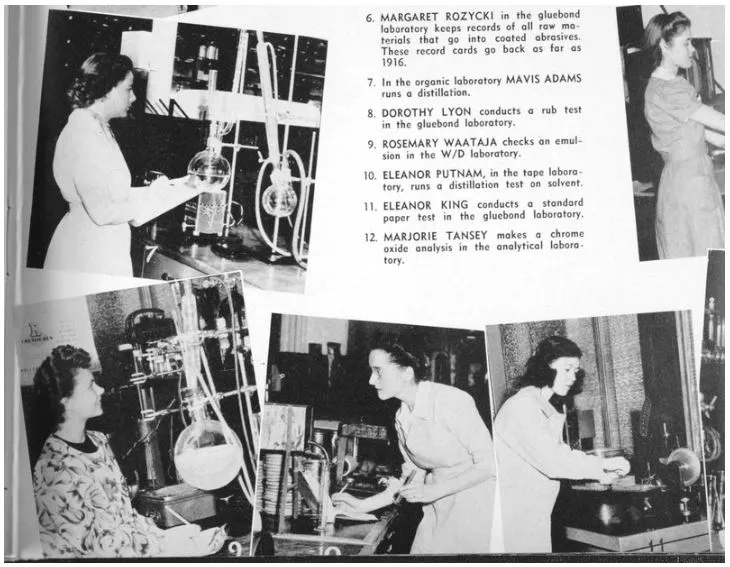1910- 1916: Labor, Near & Far
1910: St. Paul Post Office clerks are the first to organize in Minnesota. 1910: Women represent 1 in 4 workers in the waged workforce. By 1930, they represent 3 in 10, and by 1940, they are 1 in 3. These numbers only refer to waged work, and do not count women who are employed in seasonal, temporary, or part time work.
1911: On March 25, a fire breaks out at the Triangle Shirtwaist Factory in New York City. Some 146 garment workers — most of them young, immigrant women — die in the largest industrial disaster in the city’s history. Locked inside by factory owners, many jump to their deaths from the 10-story building.
1911: The Building Trades Council of Minneapolis is founded, with a membership of 18 local building craft unions. The council’s motto is “We must hang together or hang separately.”
1912: The Rev. John Ryan, “the workers’ priest,” calls for creation of a State Minimum Wage Board. The 1911 Triangle Shirtwaist fire in New York City shocked the nation.
1912: Duluth streetcar workers strike to seek recognition of their union and reinstatement of nine fired union men. Thousands riot, destroying railcars and barricading streets. Despite strong community support, the strike is lost.
1912: Lawrence, Massachusetts, textile workers launch an eight-week strike that popularizes the slogan “Bread and Roses” - dignity and improved conditions as well as higher wages.
1912: International Brotherhood of Electrical Workers Local 110 is chartered in St. Paul.
1913: The Minnesota Legislature passes a workers’ compensation law, one of the first in the nation. W. E. “Billy” McEwen, secretary of the Minnesota State Federation of Labor and editor of the Duluth Labor World, is considered to be the “father” of this first compensation law because of his work in drafting its terms.
1913: Motion picture machine operators begin organizing at the many theaters popping up to show silent movies. Membership in the union reaches its peak in 1927, about the time “talkies” are introduced, and before the advent of new technology and competition from television and video.
1916: Students at the Work Peoples’ College in Duluth distribute Joe Hill’s ashes outside the school, in accordance with his wish that his remains be spread in every state except Utah (site of the IWW organizer’s execution). The College, operated by the IWW, teaches a curriculum that includes English, bookkeeping, parliamentary procedure and “the works of Marx, Engels, Kautsky and others of the best authors on socialism.”
1916: The Wobblies lead an unsuccessful strike among miners on the Mesabi Range. One striker is shot by agents of the Oliver Mining Co. Elizabeth Gurley Flynn, one of the IWW’s founders, raises legal and relief funds for the strikers. Her patriotism called in question, Flynn remarks, “It is better to be a traitor to your country than a traitor to your class!”
1916: The Wobblies also lead a strike by 4,000 workers in the timber industry for the 8-hour day and a 25-cent wage increase.
1916: The Duluth Federation of Labor launches the “Labor Forward” movement and signs up 4,000 new union members. 1916: Municipal firemen begin organizing in unions in Minnesota, preceding the creation of the International Association of Fire Fighters.

